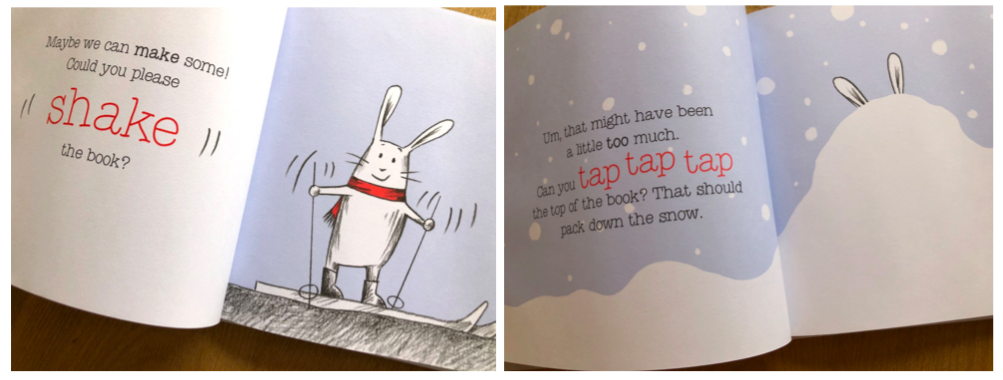Metafictive Picture Books and the Process of Writing Them with Claudia Rueda
We are so excited to have Claudia Rueda join us today to share information about metafictive picture books!
Claudia Rueda is a Colombian author and a New York Times Bestseller illustrator of over thirty picture books. Rueda's books have been published in the United States, Mexico, and Spain and have been translated into fifteen different languages for Asia and Europe. She’s a 2016 Hans Christian Andersen and Astrid Lindgren Awards nominee. Claudia went to Law and Art school and worked as a political cartoonist in Colombia. She then studied Children’s Book Illustration at UC Berkeley. She holds an MFA in Creative Writing from Lesley University, and she’s the 2009 recipient of the Billie M. Levy research grant awarded by the Northeast Children’s Literature Collection. Claudia is a professor at the Universidad Nacional de Colombia MFA program in Creative Writing.
Stories we tell reflect the cultural environment of the times. The 20th century began with a remarkable spirit of innovation, and picture books followed that path. Peter Newell’s inventive Slant Book (1910) is a great example of experimentation and probably the first to draw attention to the picture book as an object. The self-referentiality his book introduces is part of what we now call metafiction.
The reader interacts with the book
Metafictive is the option we give the reader to interact with the book or to take part in the story. We can find early samples of the former in Dorothy Kunhardt’s bestseller Pat the Bunny (1940). The book is an invitation to lift and touch in order to “feel” the same things as the characters—a picture book idea that inspired hundreds more.
The reader takes part in the story
The other form of interactivity–taking part in the story–came with the 21st century. The digital revolution changed the way we read, and co-authorship became the new normal. Children got used to fiction reacting to any gesture of their fingers over a glass surface.
As a picture book author, I was aware of the impact that screen entertainment could have on children’s reading habits. I wasn’t to compete with that, but I set out to find ways to increase children’s engagement with books and develop their awareness. I wanted to create a story where the readers would believe they were interacting to change the story. It was a challenge for me and also a playful thing to do.
The reader as a character
The first interactive picture book I created was a retelling of The Three Little Pigs. What if there were a hole in the middle of a page which asked the reader to blow for something to happen? What if the reader plays the role of the Wolf and huffs and puffs into the hole to blow the pigs’ houses? And that’s how Huff & Puff (Abrams, 2012) came to life. The readers become characters in the story, and their actions move the story forward.
The reader as co-author
Next, I wanted to create an original story that would ask the reader for help. Perhaps inspired by Pat the Bunny, I had a bunny as the main character. How could the reader help Bunny? The first gesture that came to my mind was shaking the book for something to happen! What if Bunny wants to go skiing, but there is no snow? If you shake the book, snow will fall on the next page. And if you tilt the book, Bunny will go downhill. In Bunny Slopes (Chronicle, 2016), the reader is co-authoring the story.
In Bunny Slopes, when the reader shakes the book, snow appears, and the story changes
The book was very well-received, so I was invited to create two more Bunny books. The first one was already in my sketchbook: the reader would help Bunny reach for apples hanging from a tree (Hungry Bunny, Chronicle, 2018). Later, I thought about another Bunny experience that would require the reader's action—providing the wind for a sailing trip! (Bunny Overboard, Chronicle 2020).
In Bunny Overboard, the reader blows the wind for the sails and rocks the book for the waves to get bigger
It’s been a challenging and interesting journey. I believe we can explore much more into the creation of metafictive books. It all begins with curiosity and experimentation.





